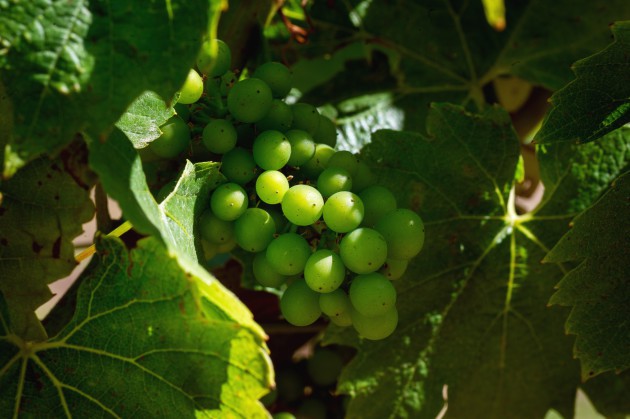Home News
by James Bailey
Published: 04 July 2024
WineGB has announced significant growth in the UK wine industry, with the number of vineyards reaching 1,030, an increase of 9.2% on the previous year. According to the Food Standards Agency's wine team, sales of English and Welsh wines have also risen by 10% from 2022.
In 2023, 87 new vineyards were registered, exceeding the 1,000 mark for the first time. The number of wineries has increased from 209 to 221, and the total area planted with vines now stands at 4,209 hectares, representing a growth rate of 123% over the past decade. Production figures confirmed by the Food Standards Agency indicate that 2023 was a record year, with 161,960 litres, equivalent to 21.6 million bottles, produced – a 77% increase on 2022. Despite this growth, the UK’s climate means that production fluctuates It will continue, with the five countries – increasing average annual production from 10.7 million to 12.4 million bottles.
Sales of English and Welsh wines have shown steady growth, reaching 8.8 million bottles in 2023. Since 2018, sparkling wine sales have increased by 187%, from 2.2 million to 6.2 million bottles, while still wine sales have risen by 117%. From 1.2 million to 2.6 million bottles. This growth is notable given the broader trend of declining wine consumption in the UK and globally.
At the same time, the high production volume achieved last year is expected to help wine producers build their stock of reserve wines for use in non-vintage and multi-vintage sparkling wines, as well as in the small but growing category of NV/MV still wines. These reserve wines allow consistent products to be created year after year and allow for greater complexity and blending options. As the industry builds these inventories, it will also open new markets and sales channels, enabling wineries to fulfill higher volume orders from accounts and distributors.
Last year, UK trade sales grew to 28% of total volume, up from 22% in 2022, while exports rose to 8%. Cellar door sales (17%), online producer sales (11%) and UK off-trade national accounts (30%) remained flat, with a slight decline in independent UK off-trade retail (6%). WineGB data found that wineries producing more than 32,000 bottles a year were less reliant on direct-to-consumer sales and had a greater share of trade sales, particularly in direct trade. Small producers, selling fewer than 32,000 bottles, tended to sell more wine directly to consumers and through independent retail, with limited sales through national trade accounts.
Vineyard diversification reflects the sustainable growth of the UK wine sector. Government data showed that 51 different grape varieties were grown last year, taking the UK total to more than 90. While Chardonnay, Pinot Noir and Pinot Meunier continue to dominate, their share planted has declined slightly from 71% in 2021 to 68% in 2023. The top five varieties – Chardonnay, Pinot Noir, Pinot Meunier, Bacchus and Seyval Blanc – still make up the majority of plantings. New. Hybrid varieties now make up 8% of total plantings, with the best hybrids including Cival Blanc, Solaris, Rondo and Regent.
WineGB data also reveals that 76% of wine produced in 2023 will be converted into sparkling wine, 23% into still wine, and 1% into other products such as vermouth. For still wines, the highest percentage will be white wines (66%), with red wines (13%) and rosé wines (20%) remaining relatively unchanged from 2022.
Nicola Betts, CEO of WineGB, said: “This is our year of growth and crossing the 1,000 vineyard mark is a real milestone for our industry, cementing our position as the fastest growing agricultural sector in the UK. We are achieving sustainable growth with sales up 10%, which is Notable given the broader decline in wine consumption in the UK as consumers become more confident in the economy, they are likely to have more disposable income to discover our wines in pubs, bars and restaurants. We expect a wider restart of It will support our future wines reaching new markets and new drinkers. GB Wines is a success story that has shown extraordinary growth and development in the past decade as a result of significant investment and it is expected that our vineyards and wineries will continue to grow at a rapid pace.
Plantings in the United Kingdom by variety:
Grape variety
Ha
% of implants
Chardonnay
1,331 hectares
32%
Pinot noir
1,157 hectares
27%
Pinot Meunier
379 hectares
9%
Bacchus
324 hectares
8%
Seval Plan
127 hectares
3%
Solaris
110 hectares
3%
Pinot Noir Bricos
73 hectares
2%
Pinot Gris
69 hectares
2%
Rechensteiner
67 hectares
2%
Rondo
66 hectares
2%


